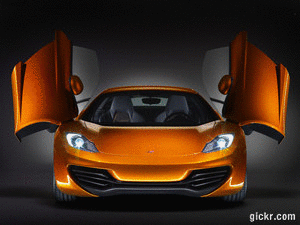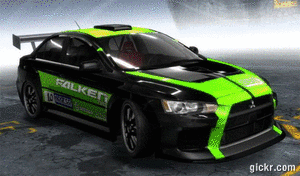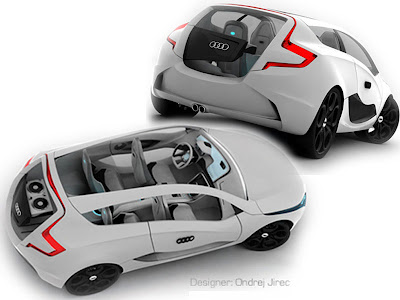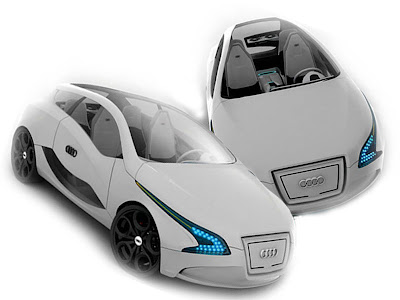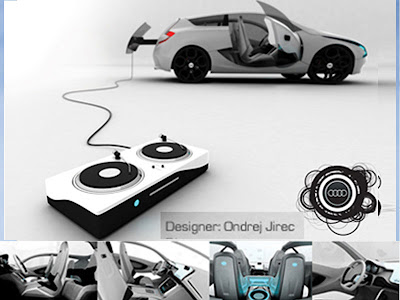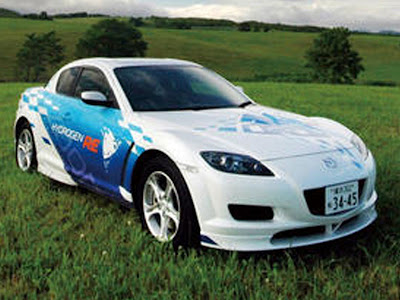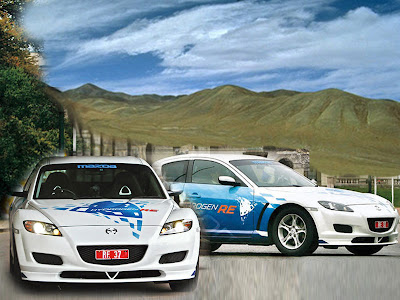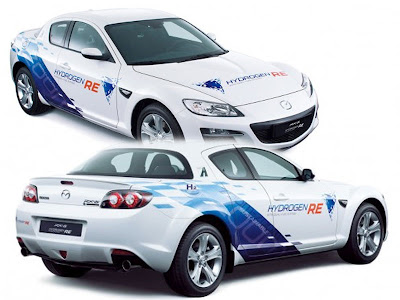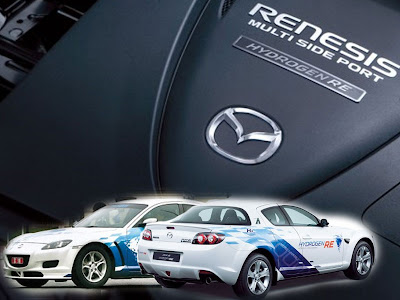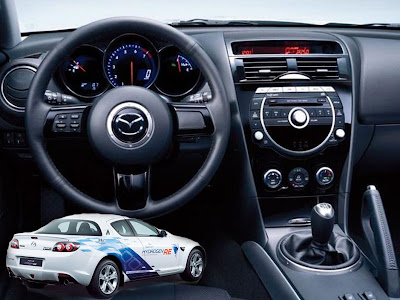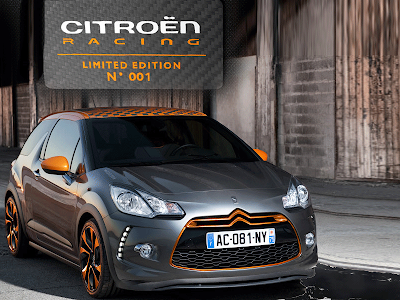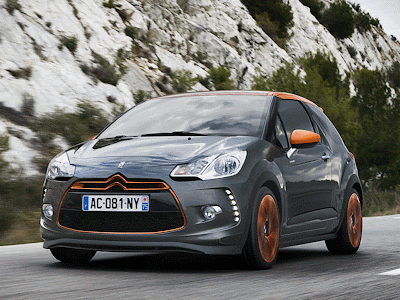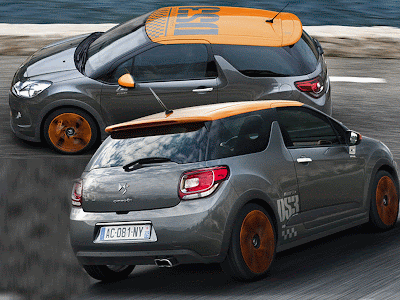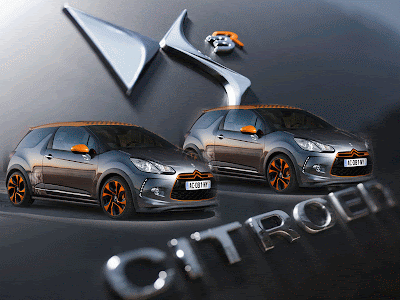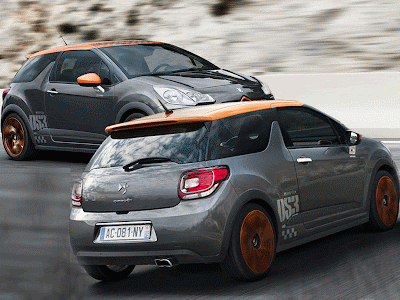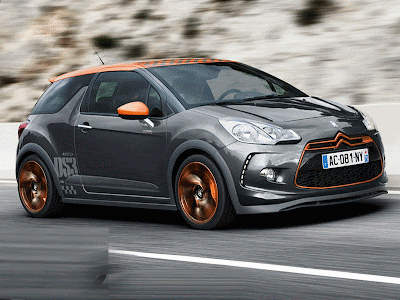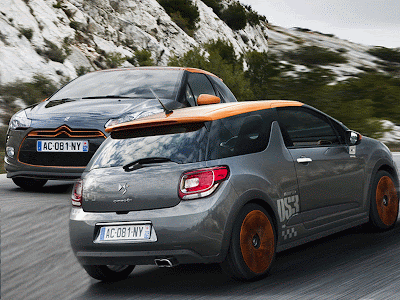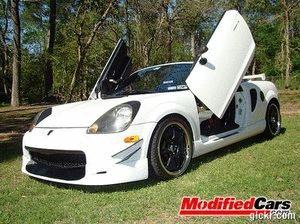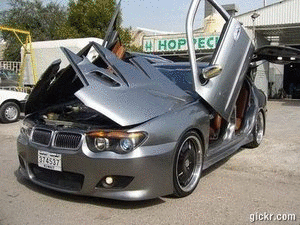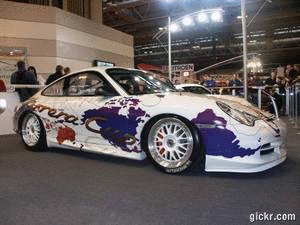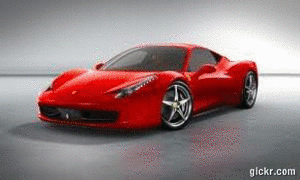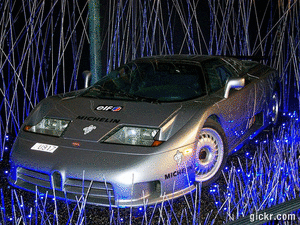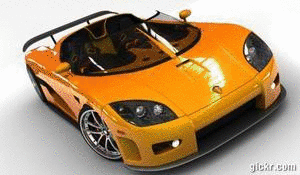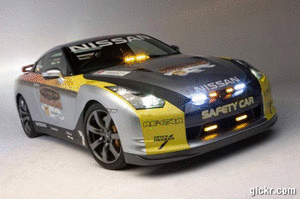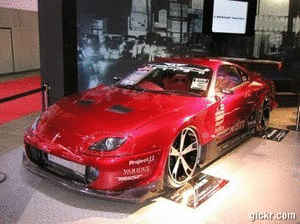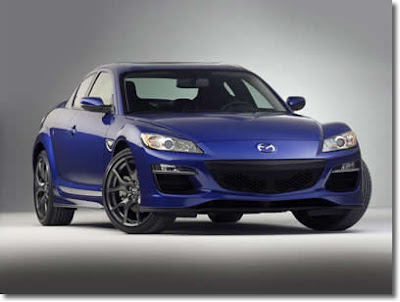
Launched in 2003, the Mazda RX-8 hit the global market with a serious bang. For 2009, Mazda will further the evolution of the four-door, four-seater sports coupe, giving RX-8 a refreshed exterior and interior design, enhanced performance and a new R3 sport package for the ultimate driving enthusiast.
Unchanged is the core of the RX-8 - a high-powered, lightweight and perfectly balanced machine powered by the world-renowned twin-rotor RENESIS rotary engine.
To enhance the highly successful RX-8, Mazda engineers focused on innovation in three key areas for the 2009 RX-8: styling, performance and packaging. "The enhancements made to RX-8's exterior, interior, packaging and performance takes it to a whole new level of visual and driving excitement," remarked Nakazawa.
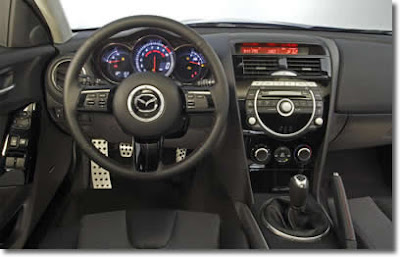
RX-8 was designed with an athletically sculpted exterior that provides a sense of originality that's unrivaled in the marketplace today. For 2009, RX-8 receives design enhancements that are meant to freshen the styling and give RX-8 a new look, without impairing the basic design theme. Refinements for the 2009 model year include restyled front and rear bumpers and front fascia; sporty, high quality finish front and rear headlamps; and larger exhaust pipes (now measuring 90 mm across). The 2009 RX-8 also offers a new five-spoke wheel design featuring a symbolic and sporty design reminiscent of the rotary engine, with different arrangements for each wheel size.
Taut muscular lines give RX-8 the liberating look of an athlete in motion. The muscular styling maintains classic sports car proportions while adding a Zoom-Zoom edge that is unmistakably Mazda.
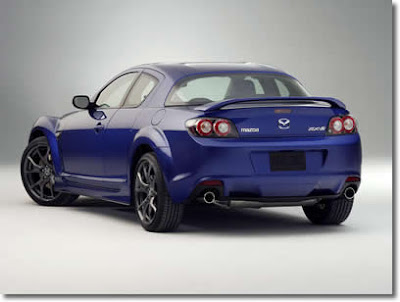
Through-and-through, the RX-8 is a pure sports car that gives the driver an exciting and dynamic experience. For 2009, engineers improved RX-8 body rigidity through the addition of structural reinforcements, by adding a trapezoidal strut tower bar and enhancing the local rigidity of the front suspension tower areas. Also, the rear suspension geometry has been reconfigured for better handling performance and driveshaft rigidity is improved, lowering NVH levels and improving performance.
In addition, the differential gear ratio on manual transmission-equipped cars is lowered from 4.444 to 4.777 for improved off-the-line performance. While minimal, these performance changes give RX-8 increased acceleration and performance, as well as even greater responsiveness to the accelerator pedal - always a rotary-engine and RX-8 hallmark.
To achieve this sophisticated dynamic, Mazda utilizes the advanced RENESIS (Rotary Engine genesis - or rebirth of the rotary engine) engine. The Mazda RX-8 remains the only mass-produced rotary-powered passenger car in the world. While exhibiting unusually high power output for a naturally aspirated engine, RENESIS outstrips comparable reciprocating engines in terms of acceleration, the feeling of power in reserve and quick response.
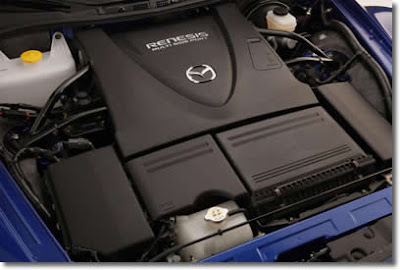
The 2009 Mazda RX-8 is available as either a 232-horsepower model fitted with a six-speed manual transmission, or a 212-horsepower model fitted with a six-speed Sport A/T automatic with steering-wheel-mounted paddle shifters for a Formula 1-style driving experience.
